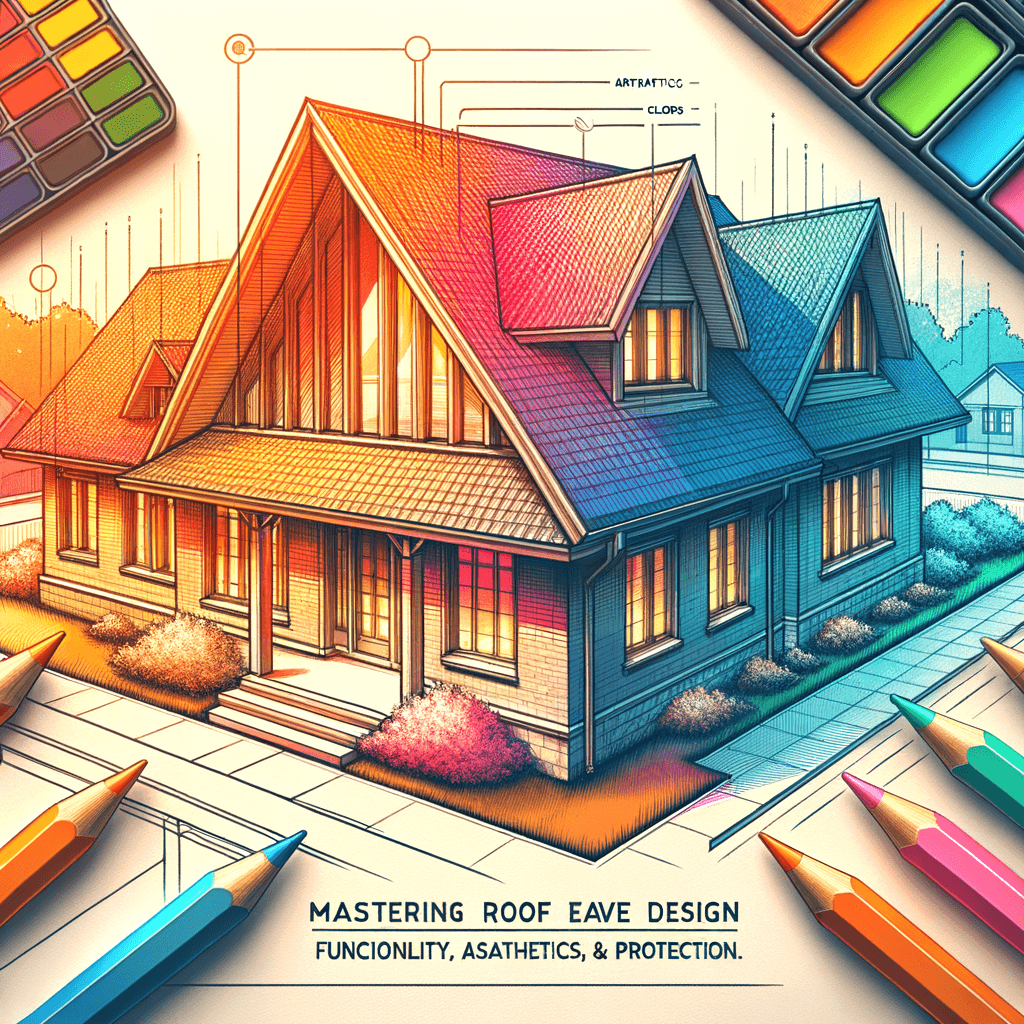
Mastering Roof Eave Design: Functionality, Aesthetics, and Protection
By Total Care Roofing Mon Oct 20 20258 minutes

Understanding Roof Eaves: The Overlooked Architectural Element
Roof eaves are the edges of the roof that extend beyond the exterior walls, playing a crucial role in safeguarding your home from water intrusion, sun exposure, and even structural damage. Despite their importance, eaves are often underestimated in both design and performance considerations.Primary Functions of Roof Eaves
- Directing rainwater away from the building’s foundation to prevent erosion and basement flooding.
- Shielding windows, doors, and siding from excessive rainfall and UV rays.
- Providing critical ventilation opportunities for attic spaces, reducing moisture and heat buildup.
- Enhancing architectural aesthetics and curb appeal with distinctive profiles.
Popular Roof Eave Styles and Their Distinct Advantages
Choosing the right eave style affects both the functionality and the visual impression of your roofline. Each design offers unique benefits tailored to specific climates and architectural preferences.| Eave Style | Description | Best For |
| Open Eaves | Exposed rafters and soffit visible from below | Traditional homes, rustic aesthetics |
| Closed Eaves | Soffit panels conceal rafters for a streamlined look | Modern designs, improved insulation |
| Boxed-in Eaves | Fully enclosed for maximum protection | Cold or wet climates, pest prevention |
| Decorative Eaves | Ornamental brackets and moldings | Victorian, Craftsman, and historic homes |
Material Choices for Eave Construction
Selecting the right materials for eave construction is essential for durability, low maintenance, and visual harmony with the rest of the roof system. Material selection should also consider local weather patterns and potential pest issues.- Aluminum: Lightweight, rust-resistant, and ideal for seamless soffit and fascia systems.
- Vinyl: Cost-effective, low-maintenance, and available in a variety of colors.
- Wood: Offers classic appeal but requires regular treatment against moisture and insects.
- Fiber Cement: Highly durable, fire-resistant, and excellent for modern aesthetics.
“A well-designed eave is your roof’s first line of defense against the elements—never underestimate its impact on the longevity of your home.”
Installation Best Practices: Avoiding Common Pitfalls
Proper installation of eaves is critical for ensuring water is channeled away efficiently and that ventilation is not obstructed. Overlooking these details can lead to costly repairs down the line.- Ensure adequate slope and overhang to direct water runoff away from the foundation.
- Incorporate continuous soffit vents to support attic airflow and reduce condensation.
- Seal all joints and transitions to prevent pest entry and moisture infiltration.
- Use corrosion-resistant fasteners and hardware for long-term reliability.
Eave Maintenance: Preventing Deterioration and Ensuring Longevity
Regular inspection and maintenance of roof eaves help prevent rot, peeling paint, and pest infestations. Simple seasonal tasks can extend the lifespan of your eaves and preserve their appearance.- Clean gutters and downspouts to prevent water backup.
- Inspect for signs of rot, mold, or insect activity.
- Touch up paint or sealant as needed to protect exposed materials.
- Check soffit and fascia for cracks or warping.
How Eave Design Impacts Energy Efficiency and Indoor Comfort
The dimensions and orientation of your eaves directly influence solar gain, shading, and attic ventilation. Thoughtful eave design can reduce cooling costs in summer and protect against heat loss in winter.“The strategic use of eaves is one of the simplest ways to passively regulate your home’s temperature and boost energy efficiency.”